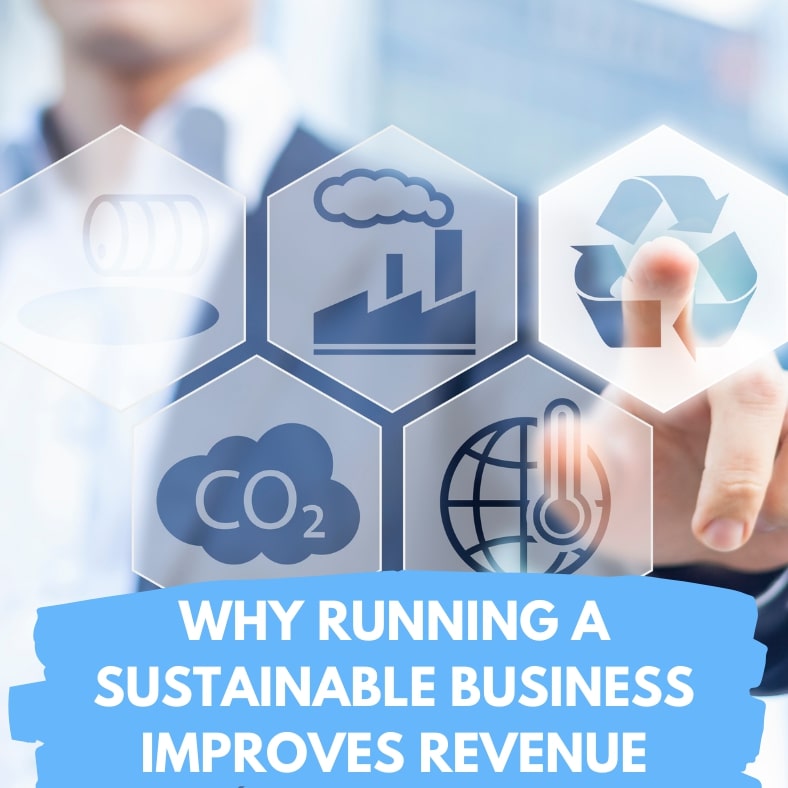5 Trading Account Tips

Trading Accounts can be complicated to look at, but having insider tricks can make it work for you. Traders using trading accounts to hold financial assets such as stocks, bonds, foreign exchange, and other investment vehicles need to know these top 5 trading account tips to make the most of a Trading Account. Definition of […]
7 Ways to Grow Your Business

Business growth should always be at the forefront of the minds of business owners. However, it can become unclear sometimes just how to achieve that growth. This article seeks to clarify some ways that you can increase the value and size of your business. 1. Increase client retention rate Most business owners are already aware […]
Why running a sustainable business improves revenue

Consumers and investors are driving increasing demand for sustainability in the market in response to climate change. Investors are doing so by increasingly seeking accountability and transparency from the businesses they support. As we find new ways to do better business in a sustainability focused environment, now is the time to push for investment in […]
SME Recovery Loan Scheme extended

On December 13, 2021 the Australian government announced it would be extending its SME Recovery Loan Scheme (SMRL) program, which provides small and medium-sized businesses with Government guaranteed loans of up to $5 million to help their business recover from the impacts of the coronavirus pandemic. The SMRL was initially introduced in April 2021 to […]
8 Easy ways to pay less tax

Minimising your tax requirements is a well known method for improving a business’ financial health. However, not all business owners know how to make the most of thresholds, deductions and smart money management. You could be paying much higher tax than you should be. By the end of this article, you will have a better […]
Everything you need to know about annual leave

Holidays are an important part of the working world; if no one ever took holidays, we probably wouldn’t live to an average age of 85. Making sure your employees get breaks is important, and so is understanding leave entitlements. This article explains when and why annual leave needs to be paid. What is annual leave? […]
Fringe Benefit Tax explained

In a recent article, we explained how to make your Christmas party Fringe Benefit Tax (FBT)-friendly and avoid some unwelcome surprises. Employers may be confused, or unaware of the scope of FBT, how and when to pay it, and how to reduce it. Knowing the basics of FBT and how you can avoid and reduce […]
How to get a good start in the new year

When it comes to preparing your business to hit the ground running in the new year, the best thing you can do is speak to your accountant. They know the ins and outs of how to properly prepare your business for the new year, whether you close for the holiday period, or if this is […]
The Best Way to Plan Your Work Christmas Party

Planning your work Christmas party can be a huge task and Fringe Benefit Tax can be confusing and add up quickly if you’re not careful. So it’s important to take advantage of all the tax exemptions you are entitled to during this process. In this article, we will discuss how Fringe Benefit Tax works and […]
Four things every employer should know about superannuation

If you are an employer, your superannuation is a huge part of the payroll process. Superannuation payments are often overlooked when cash flow gets tight or when internal processes aren’t in place to handle it. Super needs to be paid on time, every month. If not paid on time, you run the risk of encountering […]







